For wholesalers, distributors, and workshop managers, precision in part selection is not merely a matter of convenience; it is the bedrock of operational efficiency, customer satisfaction, and business reputation. In the realm of heavy-duty truck maintenance, few components are as critical as the clutch assembly. A mismatch here can lead to catastrophic failure, significant vehicle downtime, and costly comebacks. A frequently encountered and vital component is the renault truck spare parts 430mm clutch assembly kit. This specific size is not a universal fit but is engineered for a particular segment of powertrains within the Renault Trucks lineup. Understanding exactly which models require this specific kit is paramount for ensuring correct inventory, accurate sales recommendations, and successful repairs.
Understanding the 430mm Clutch Assembly Kit
Before identifying the specific models, it is essential to understand what a renault truck spare parts 430mm clutch assembly kit entails. This kit is designed for heavy-duty commercial vehicles and is a complete solution for a clutch replacement job. The 430mm measurement refers to the outer diameter of the clutch disc, indicating a large, robust unit capable of handling high torque loads. A typical kit includes three primary components: the clutch cover (or pressure plate), the clutch disc (or friction plate), and the release bearing (throw-out bearing). Some comprehensive kits may also include ancillary items such as alignment tools, spline grease, or even the clutch release cylinder.
The design and material composition of these kits are tailored to withstand the rigorous demands of commercial haulage. The friction materials are often a key differentiator, with options ranging from organic compounds to more robust sintered iron or ceramic mixes, each offering different performance characteristics in terms of engagement smoothness, durability, and heat resistance. The selection of the correct kit, therefore, is not only about the 430mm size but also about the specific engineering specifications—such as torque capacity and spline count—that align with the vehicle’s engine and transmission. This makes sourcing the correct heavy-duty clutch kit a technically nuanced process.
Primary Renault Truck Models Utilizing the 430mm Clutch
The 430mm clutch assembly is predominantly found in Renault’s medium to large-duty truck ranges, particularly those equipped with the more powerful engines in the manufacturer’s lineup. These models are workhorses designed for regional distribution, construction, and long-haul applications where torque and durability are paramount.
The most common families of trucks that require a renault truck spare parts 430mm clutch assembly kit are the Renault Premium and Renault Kerax models. These trucks, produced over a significant period, were available with a range of engines, and the clutch size was directly correlated to the engine’s output and the vehicle’s Gross Vehicle Weight (GVW).
For instance, the Renault Premium series, a versatile distribution and construction truck, often specified the 430mm clutch for its higher horsepower variants, especially those equipped with the 3.0-liter or larger engines. Similarly, the Renault Kerax, engineered as a rigid construction and quarry truck, frequently utilized this larger clutch diameter to handle the extreme low-speed, high-torque demands of off-road and heavily laden applications. The clutch compatibility for these models is determined by a combination of the Vehicle Identification Number (VIN), engine type, and transmission model.
It is crucial to understand that not every single truck within these model lines will use a 430mm clutch. A lower-powered version of a Premium used for lighter urban delivery might use a smaller assembly. This is why cross-referencing the part number against the vehicle’s specific data is an indispensable step that cannot be overlooked. Relying solely on the truck’s model name is insufficient and a common source of error. The table below provides a clearer overview of the primary model applicability.
| Truck Model | Typical Application | Engine Range (Example) | Why 430mm Kit is Used |
|---|---|---|---|
| Renault Premium | Regional Distribution, Construction | DXi 7, DXi 11 (higher output) | To handle high torque from larger engines in demanding stop-start cycles and full load operations. |
| Renault Kerax | Construction, Quarry, Heavy Haulage | DTi 11, DXi 11 | Essential for extreme low-speed, high-torque applications and to manage the inertia of heavy loads. |
Consequences of Installing an Incorrect Clutch Assembly Kit
The installation of an incorrectly specified clutch assembly kit can have severe and immediate consequences for the vehicle’s operation and the workshop’s bottom line. The risks extend far beyond the part simply not fitting.
Firstly, a clutch kit with an incorrect torque rating will fail prematurely. If the kit is rated for a lower torque than the engine produces, the clutch will slip under load. This slipping generates immense heat, which glazes the friction surface, scores the flywheel, and can lead to thermal failure of the pressure plate. This often results in a complete and catastrophic breakdown, requiring a tow and a second, more expensive repair job that includes machining or replacing the flywheel. This scenario directly leads to costly vehicle downtime for the end-user and erodes their trust in the workshop or parts supplier.
Secondly, a mismatch in physical dimensions, such as the spline count or the overall height of the assembly, will prevent the vehicle from being assembled correctly. The gearbox may not mate to the engine, or the release bearing may not engage properly with the diaphragm spring fingers. This results in a failed installation, wasted labor hours, and the need to source a replacement part under time pressure. For a wholesaler, this can mean processing a return for a non-faulty but incorrect part, absorbing the associated logistical costs.
Finally, using a sub-standard or incompatible clutch kit can place undue stress on adjacent components. The hydraulics of the clutch release system, the dual-mass flywheel, and even the gearbox input shaft bearings can be adversely affected by an improperly engaged or unbalanced clutch assembly. This can trigger a chain reaction of failures, turning a standard clutch job into a major and unexpectedly expensive powertrain overhaul. Therefore, emphasizing quality assurance and precise fitment is not just a sales point but a necessity for operational integrity.
 English
English русский
русский
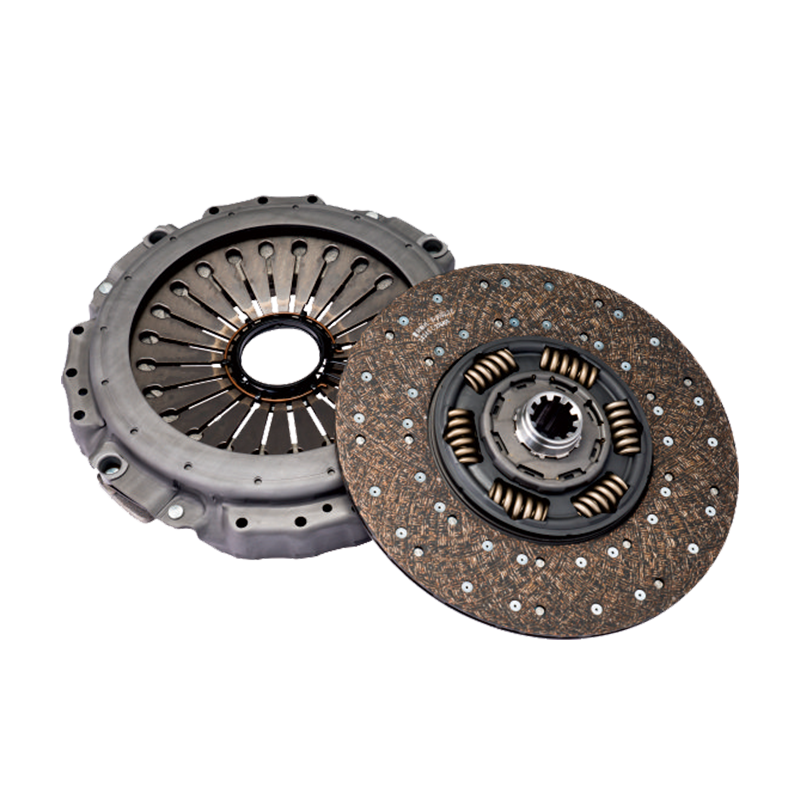
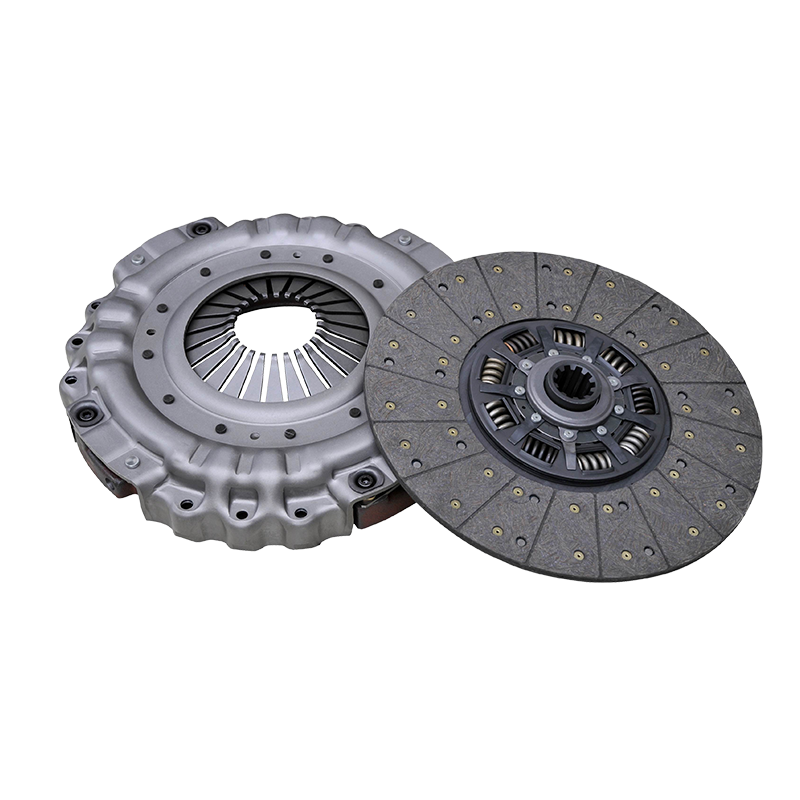
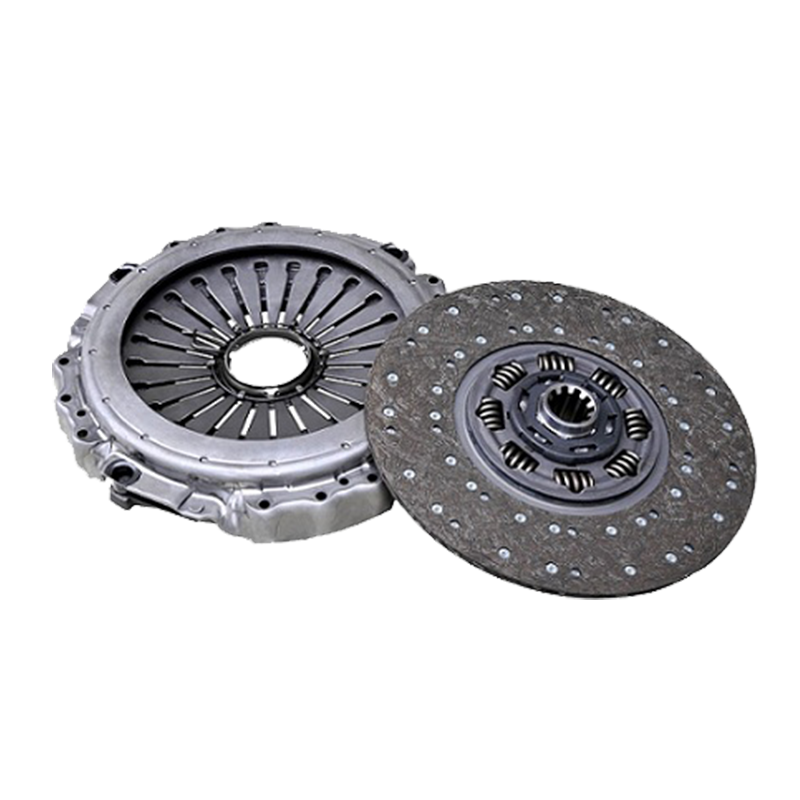
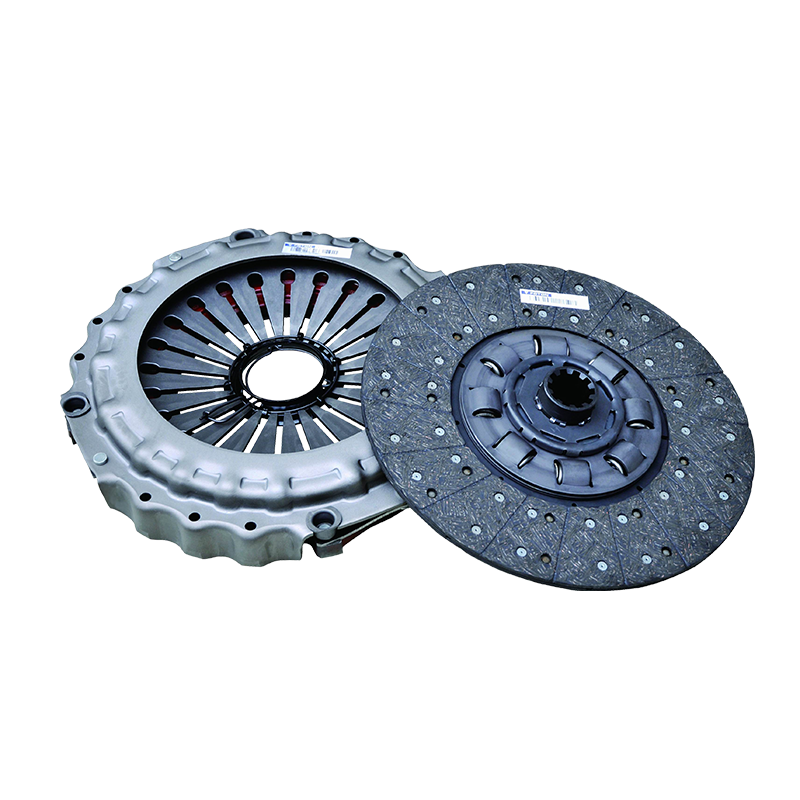
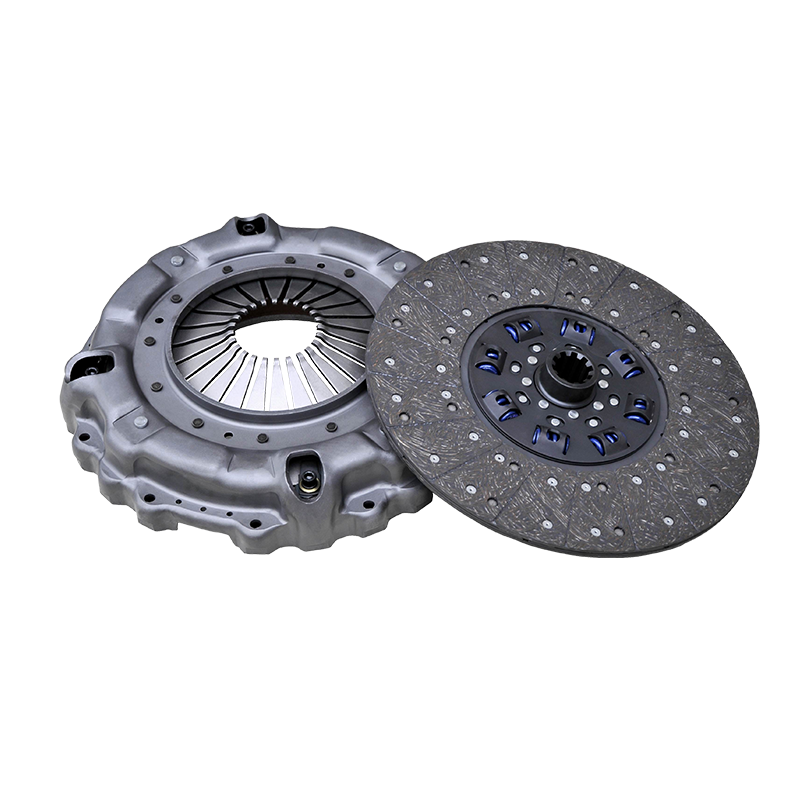
 English
English  No.25, Hu Chuang Road, New District Industrial Park, Suzhou, Jiangsu, China.
No.25, Hu Chuang Road, New District Industrial Park, Suzhou, Jiangsu, China.  +86-13338663262
+86-13338663262 
